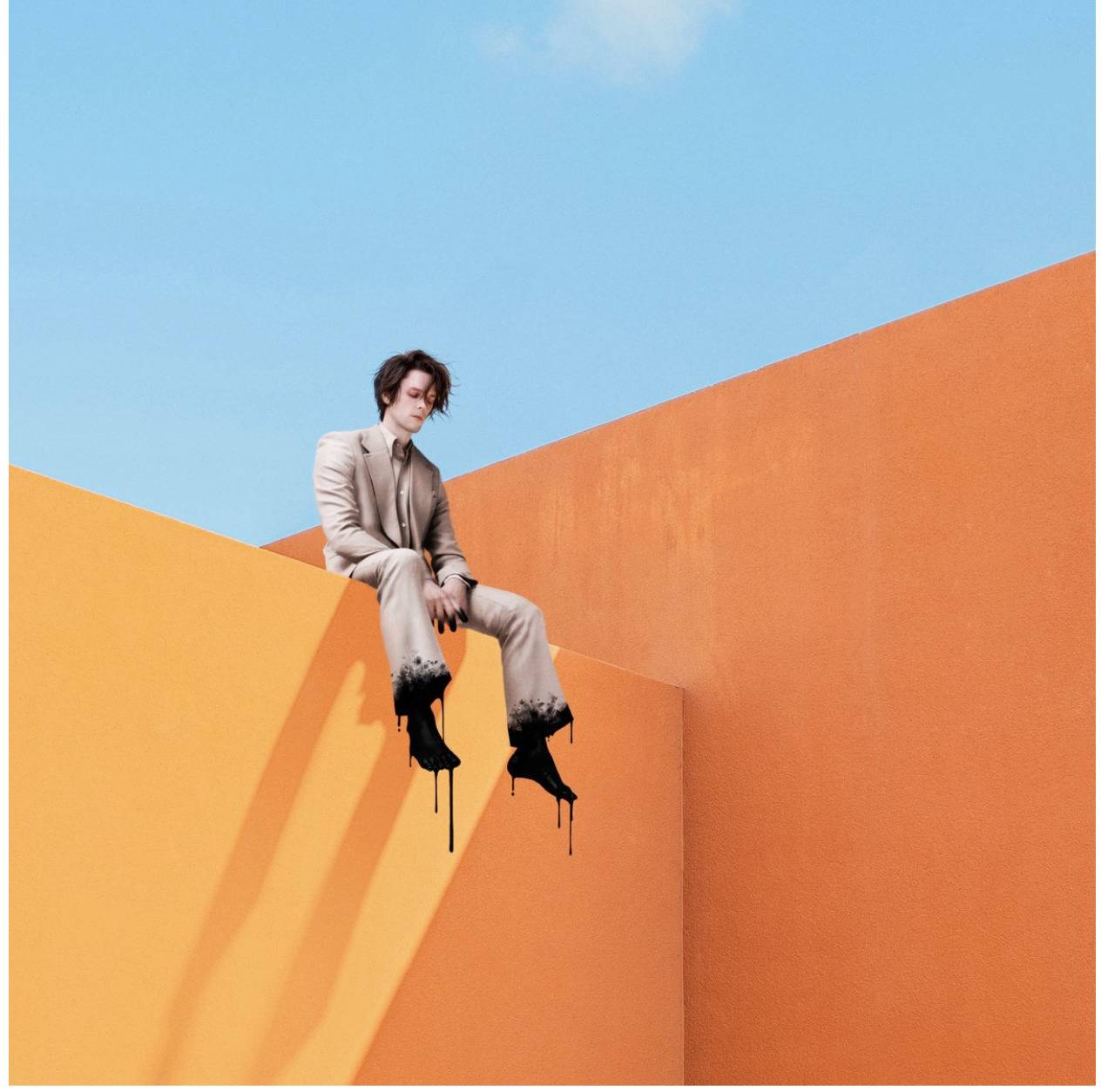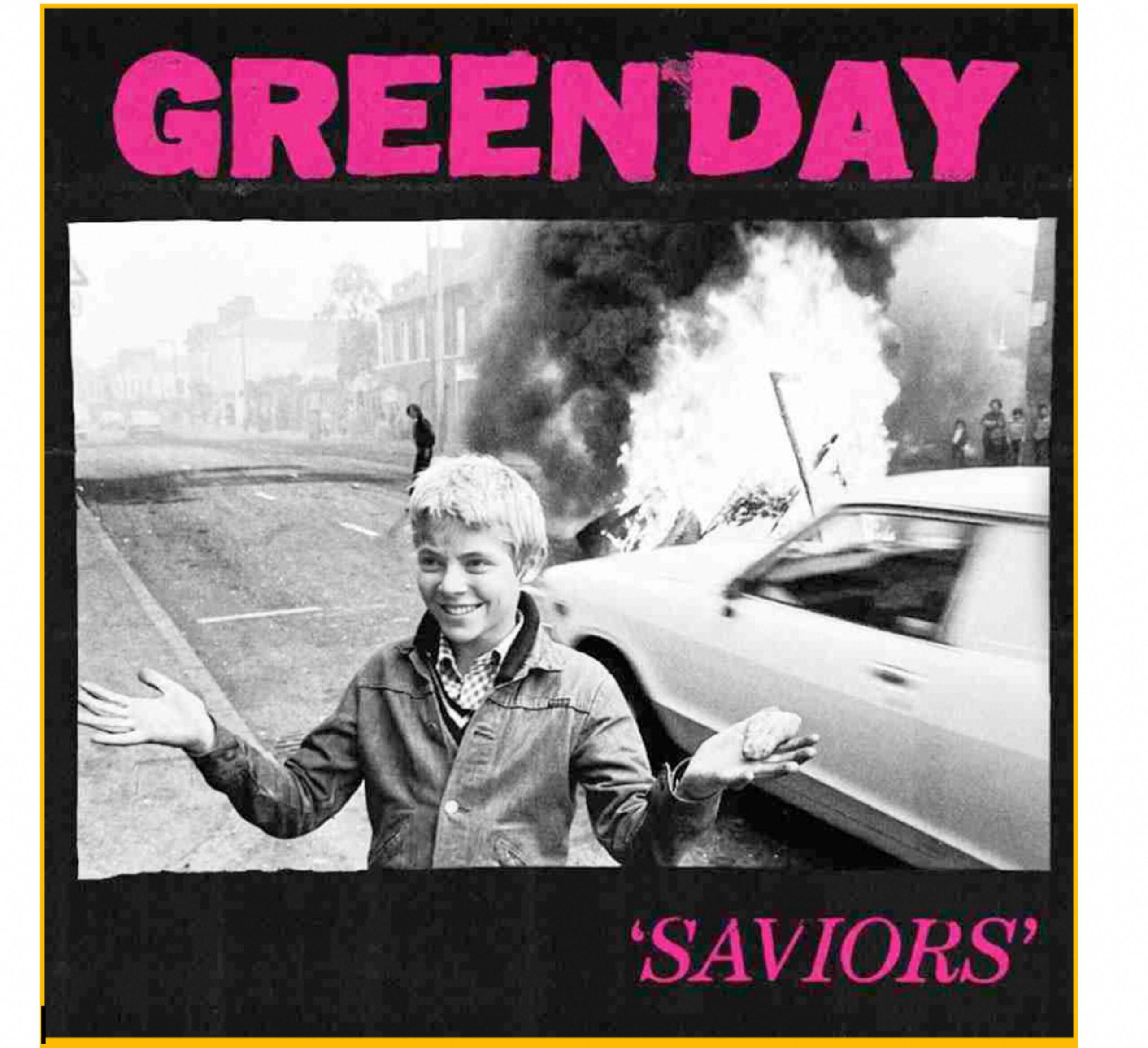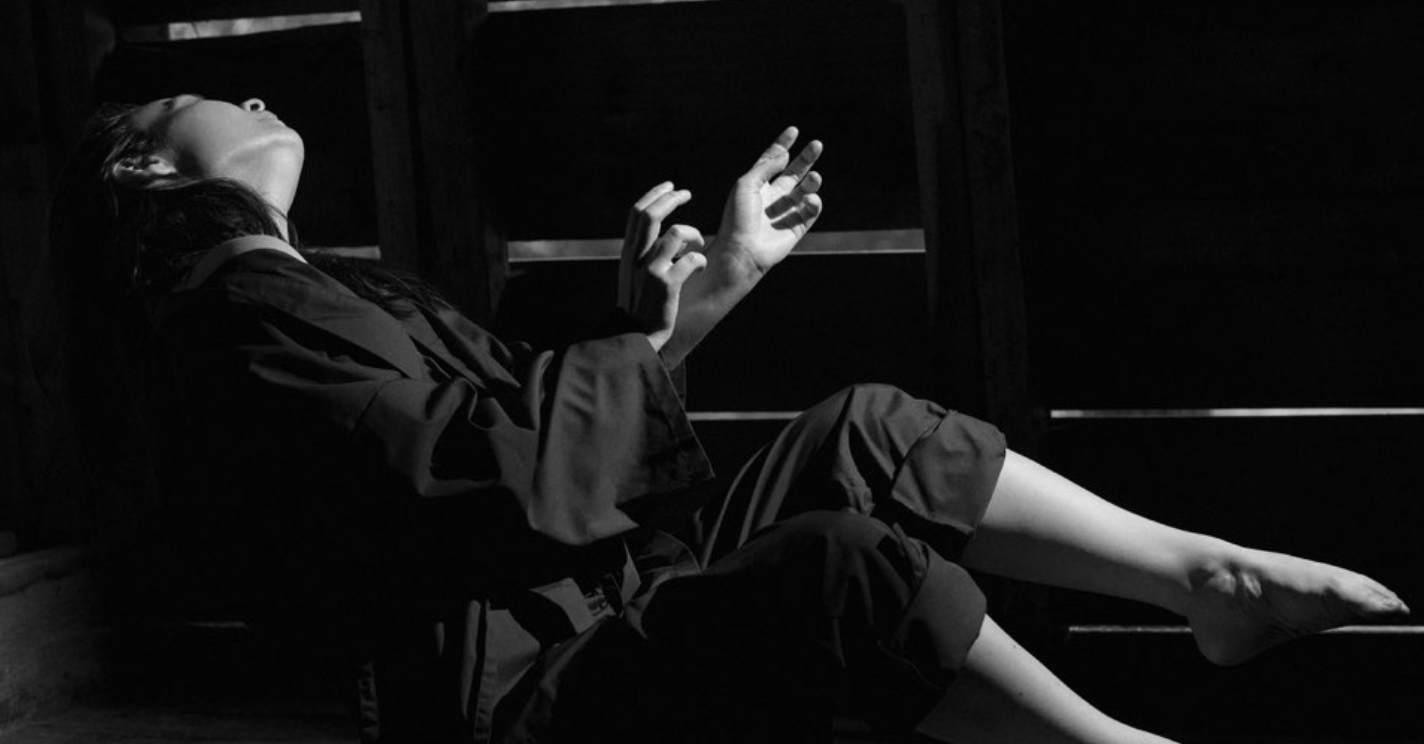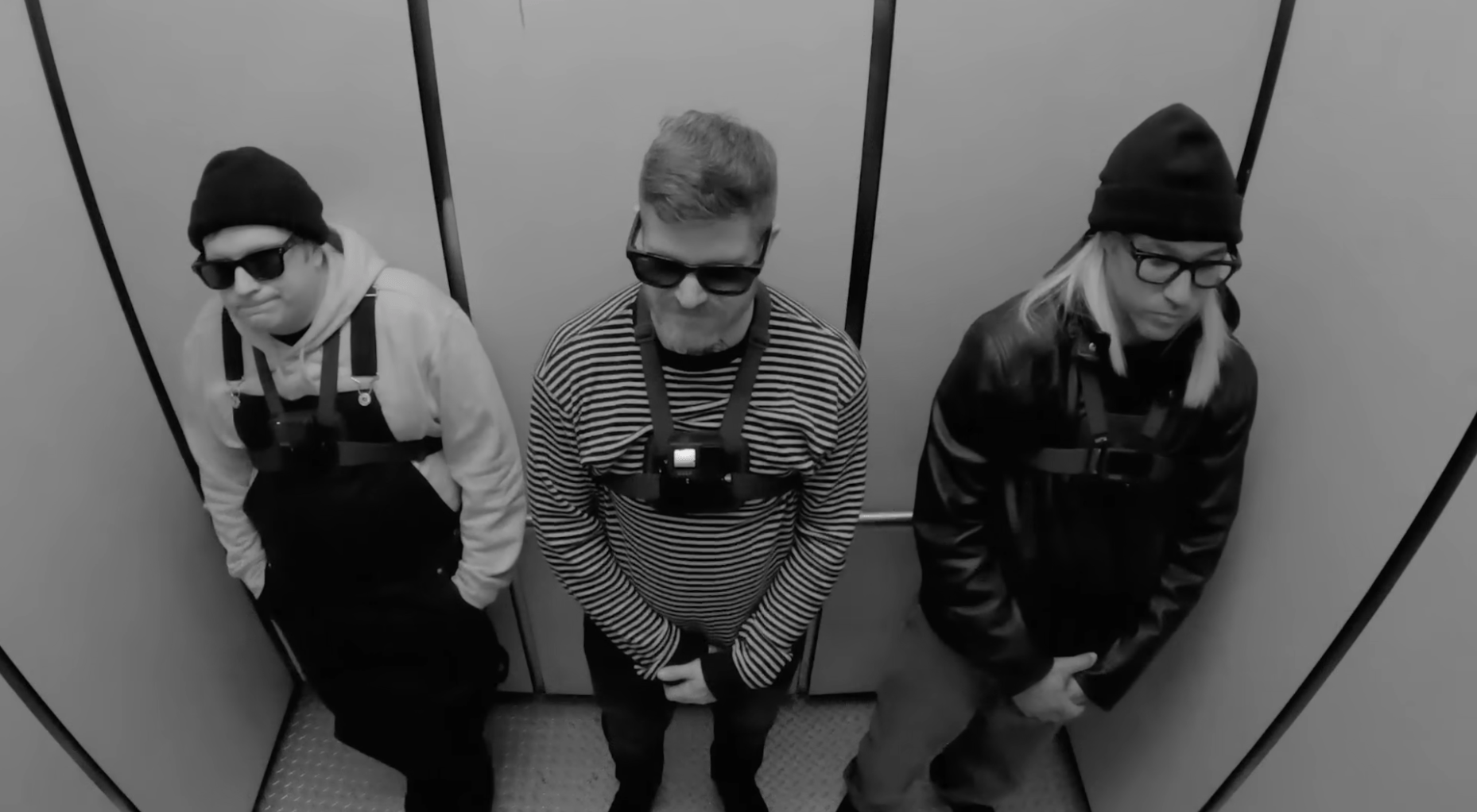
Illustration by Brian Fabry Dorsam
For the past five years, a new Lana Del Rey album — birthed from an impossible womb of melancholy, luxury, romance, isolation, and self-destruction — meant several weeks of me listening to breathy pop vocals alone in the darkness of my room for hours.
I often imagined myself as one in a menagerie of tragic heroines and sympathetic antagonists Del Rey dreamed up in her lyrics. Their sadness seemed impossibly mythic, yet endlessly relatable. I obviously wasn’t in the Hollywood Hills, mourning the absence of my rogue, drug dealer boyfriend, but the uncertainty, the awkwardness, and the ethereal dread of Del Rey’s storytelling matched the cadence of my personal ennui.
Del Rey’s fifth studio album, “Lust for Life,” caught me by surprise: I wasn’t following recent LDR news, roped back in only when rumors of a musical collaboration between her and Stevie Nicks proved true. The cover of the album, unveiled early, was also a surprise: No longer sullen and mysterious, Del Rey is beaming in white vintage lace. In some respects, “Lust for Life” is as smoky and haunting as any LDR record, with tracks that sound like they’re dripping with molasses. Still, the album as a whole is more hopeful and less melodramatic than her previous releases.
For better or worse, Del Rey has always been on brand. This is significant, though “Lust for Life” offers healthy cracks in that rigid branding. She exists amongst thousands of other white girls who have tolerable singing voices and conventionally good looks, and I imagine she knows this. Her stand-out aesthetics, which usually fall somewhere between All-American daddy’s girl-turned 1960s flower child/cult follower and 1970s glamazon on a coke binge with her much older suitor (with hints of other, impossibly kitschy, somewhat problematic stylistic tropes), are well-researched and implemented with purpose. Everything has a context, everything is a tribute.
What also sets her apart from the masses is her commitment to a plotline, to her characters, and to her own personal narrative arch. In 2014’s “Ultraviolence,” Lana is a woman plagued with turmoil and confusion, while “Lust for Life”-era Lana is growing from past experiences. Del Rey is now in her 30s and comfortable experimenting. She seems to be slowly letting go of toxic feelings and destructive habits.
The album’s title track features The Weeknd and is a hazy, romantic tune that is surprisingly optimistic. Both singers take turns telling each other to take off their clothes in a repetitive chorus. Del Rey coos: “My boyfriend’s back / And he’s cooler than ever / There’s no more night/ Blue skies forever.” Whatever heartbreak once plagued Del Rey — establishing itself in “Born to Die” then peaking in “Ultraviolence” — it seems to be gradually subsiding.
There is an excess of featured musicians on “Lust for Life,” ranging from Sean Ono Lennon to A$AP Rocky. Dynamic collaborations are usually a welcome change of pace for artists, but this record feels simply overcrowded with stars.
Del Rey seems to be relying on the big names rather than successfully utilizing their skills and this causes most of the duets to fall flat. In “Groupie Love,” A$AP raps to a murky beat that does little to highlight his feature. “Beautiful People Beautiful Problems” (the fabled track with Stevie Nicks), sounds desperate to come into its own but falls along the way.
Despite Del Rey’s graduation into a more self-actualized adulthood, the most interesting tracks on “Lust for Life” contain the theatrical, fetishized nihilism we have come to expect from a Lana original. In the haunting “Heroin,” Del Rey recalls hot, drug-addled, California nights, singing: “Flying to the moon again/ Dreaming about heroin/ How it gave you everything/ And took your life away,” and claims, “Manson’s in the air.” In “13 Beaches,” Del Rey confesses: “It hurts to love you/ but I still love you / It’s just the way I feel.”
Despite the record’s many moving parts, here’s my hot take on Del Rey’s fifth: It’s boring.
This is not the conclusion I wanted to draw when I began listening, and I only hope my opinion transforms over time. Del Rey is often described as “boring” by people who don’t “get it.” She’s too breathy, too slow on the build, too soft, too nostalgic. The thing is, I do get it, and I’ve gotten it since the opening chords of “Video Games” first introduced themselves to my eardrums and changed me forever.
Musically speaking, “Lust for Life” lacks complexity and, after enough listens, each song on the album begins to sound suspiciously similar to the one before it. Certainly, Del Rey is less introspective, less narcissistic, and less isolated, often speaking to a wider audience on the tracks and makes room in her strict, self-created mold for more political and socially engaged ideas. But it’s still boring. And that’s a bummer.
Despite her expansive body of work, Del Rey continues learning from her mistakes, both personal and professional; whether she comes out the other side with a sound that is stronger than ever remains to be seen. She is still the powder pink nihilist’s pop star with a questionable past and a naive retro nostalgia, and this isn’t likely to change anytime soon. However, it is clear that while Del Rey grapples with her newfound understanding of the world and of herself, we must wait patiently for something better, something that may never come.
My freshman-year Del Rey dream is dead, for now. Until its next iteration.





















